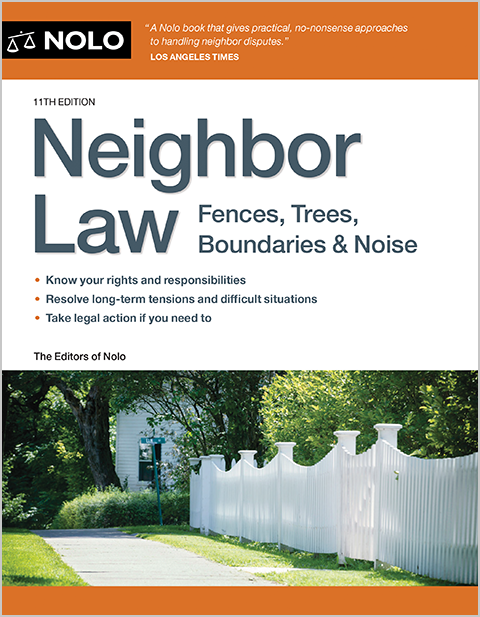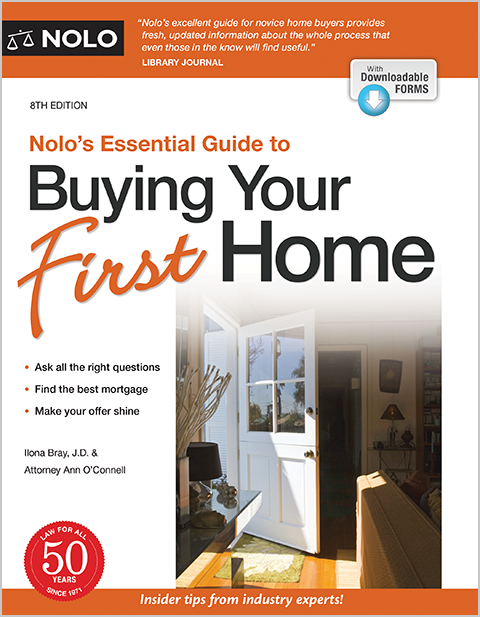How land use laws apply to building tiny houses in New York.
Question
I live in New York state and own a house in a residential area. The rental market is good right now, so I would like to build a tiny house in my backyard to generate some rental income. My plan is to build it on a foundation. Is this legal in the state of New York?
Answer
New York certainly doesn't rule out the possibility of building tiny houses. In fact, it has adopted something called "Appendix Q," within its Residential Code, which sets forth building rules for houses that are 400 square feet or less. Among its rules are that a tiny house must not be less than five feet long or wide, and must have code-compliant stairs or ladders, handrails, and emergency exits.
The adoption of Appendix Q doesn't guarantee that you'll be able to build a tiny house where you live, however. In New York, zoning regulations vary between cities, towns, and villages, and that's the first place you'll need to look. (The good news is that, in the absence of other building restrictions, Appendix Q will govern your project instead of some possibly archaic set of regulations written mainly for regular homes.)
What it comes down to is that the answer to your question will depend largely on where you live and the characteristics of your property. To determine whether a tiny house is lawful on your lot, or how to make it so, you will need to review local zoning and land use regulations. This article will provide you some background information to help you start that research.
Land Use Regulations Will Apply to Your Tiny House
In New York as in most states, land use regulations control how land can be developed. These regulations are often codified by local governments in "zoning ordinances" or "development codes." In Buffalo, for example, the city has adopted the "Unified Development Ordinance."
In addition to zoning, development codes often bring together rules regarding site development, subdivision, and transportation.
As a first step, find out or confirm exactly how your property is zoned. For example, your property might be in a "single-family residential" or "light industrial" zone. Your local development code will have a zoning map that locates the different zoning districts throughout the city. If you are unsure how your property is zoned, the local planning department should help you.
Different land uses and development standards apply in different zones. So, once you know how your property is zoned, you will need to figure out what uses are allowed on it. Where you plan to use the tiny house in your backyard as a second dwelling, you will want to review the code provisions that relate to your zone (and any applicable overlay district) to see whether an "accessory dwelling unit," "carriage house" or similar detached dwelling is, in fact, legal on your property.
The Land Use Ordinance Will Also Include Development Standards That Apply to Tiny Houses
Land use ordinances in New York include development standards that guide development in each zone. Development standards often include requirements that relate to:
- minimum lot sizes
- setbacks
- height restrictions
- utilities
- parking
- landscaping, and
- lighting.
Some of these standards can complicate plans to construct a tiny house as a dwelling. For instance, if your backyard is small, you might not be able to comply with setback requirements or lot coverage requirements. Similarly, if your entire lot is small, finding room for any required off-street parking might not be possible.
In Buffalo, for instance, ancillary dwellings are referred to as "carriage houses." In many of Buffalo's residential zones, carriage houses are lawful. Among other development standards, these structures must be built ten feet from the principal residence, be no more than two or three stories (depending on the zone), and be no more than 1,000 square feet. (Buffalo UDO § 3.2.3.)
Private Restrictions May Also Apply to Tiny Houses
You should also review any private land use restrictions that may apply to your property. As an example, Covenants, Conditions, and Restrictions (CC&Rs) control the development of property in many subdivisions or communities. It is common for subdivisions to have stricter development standards than local governments. If applicable, review any CC&Rs and other development restrictions carefully to see whether tiny houses are allowed in your community.
Get Professional Help in Understanding Complex Regulations
Land use regulations can be difficult to understand if you are new to reading them. Talking to a New York land use attorney about your case will ensure that you receive advice based on the applicable zoning ordinance for your property. Failure to comply with all applicable laws could lead to a code enforcement action and a fine, so following the rules is important.
You'll also likely want to get advice from a construction contractor familiar with tiny houses and state and local building codes, so as to help ensure that you design and construct a lawful tiny house.
Talk to a Lawyer
Need a lawyer? Start here.
How it Works
- Briefly tell us about your case
- Provide your contact information
- Choose attorneys to contact you
- Briefly tell us about your case
- Provide your contact information
- Choose attorneys to contact you


